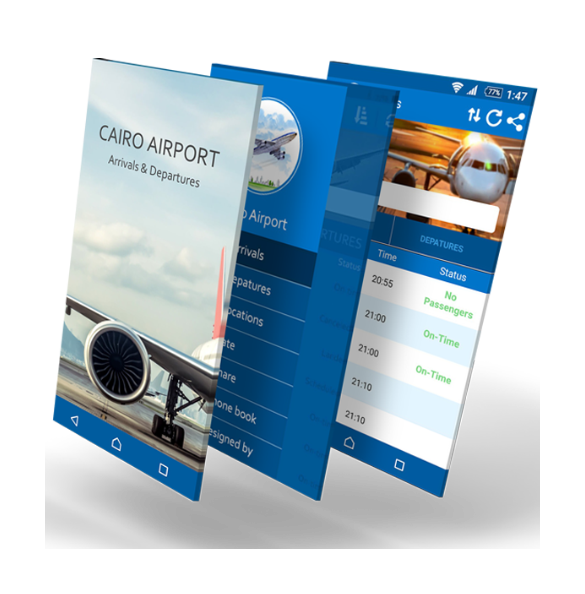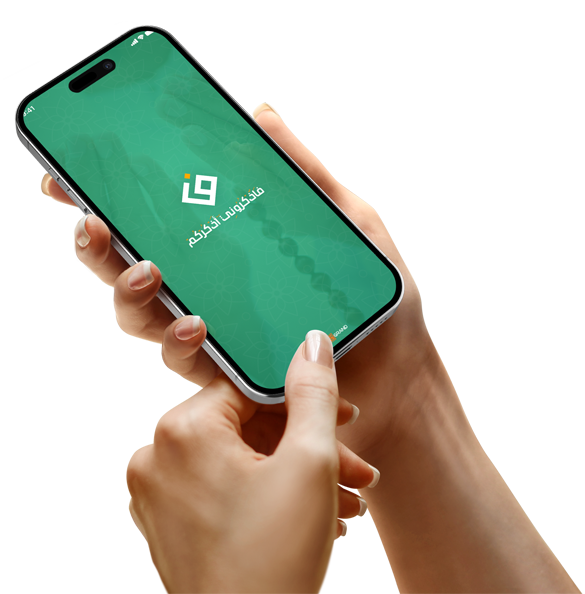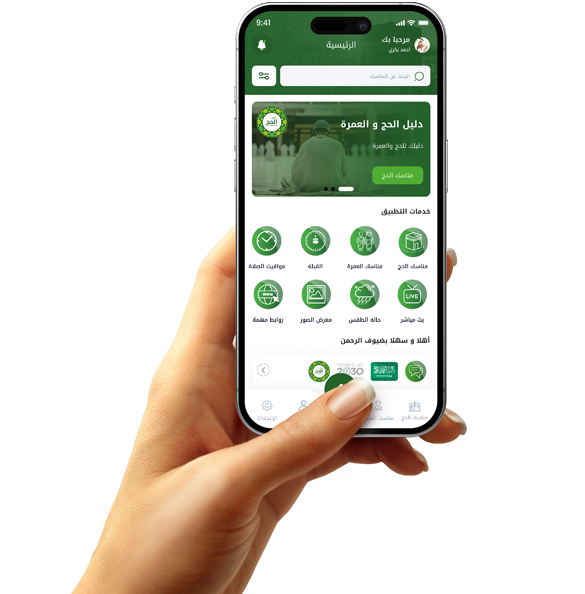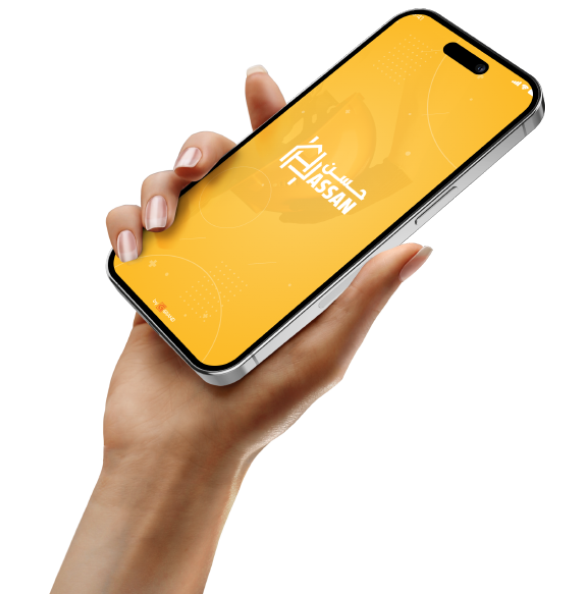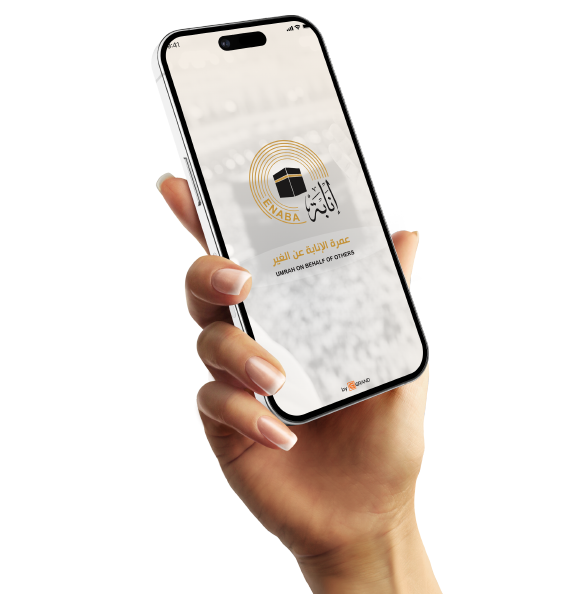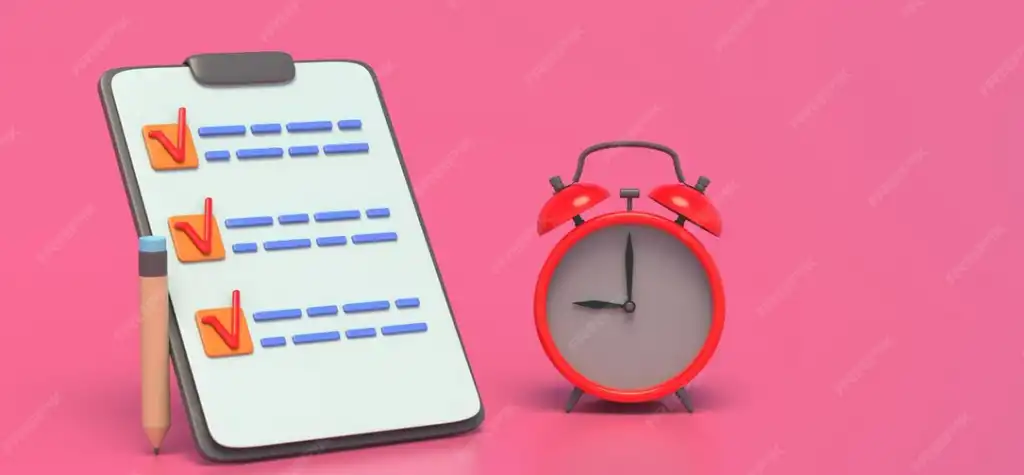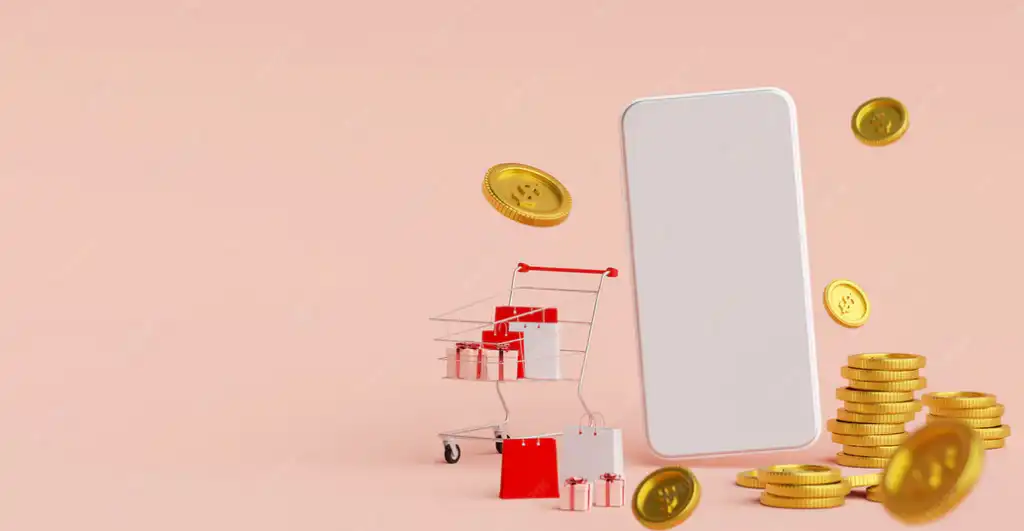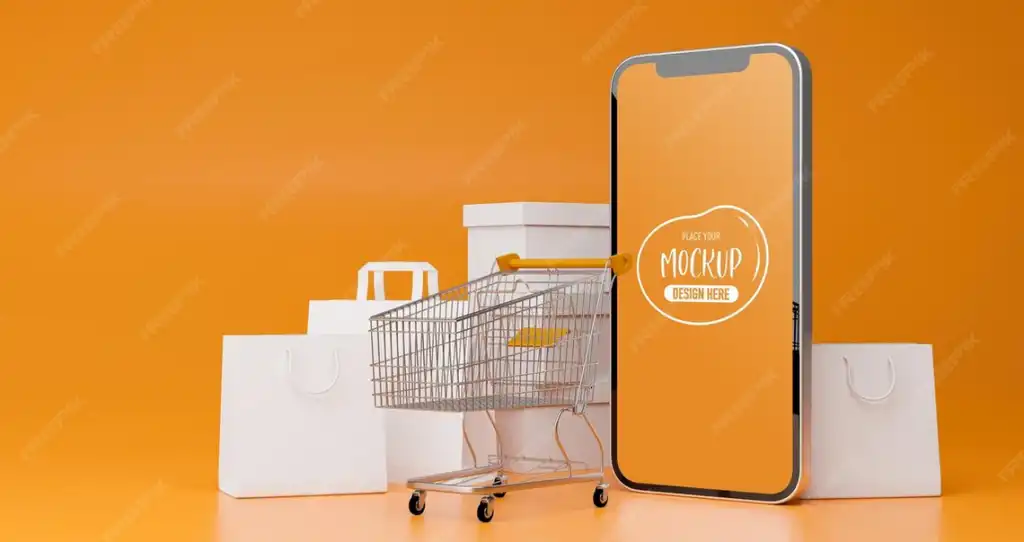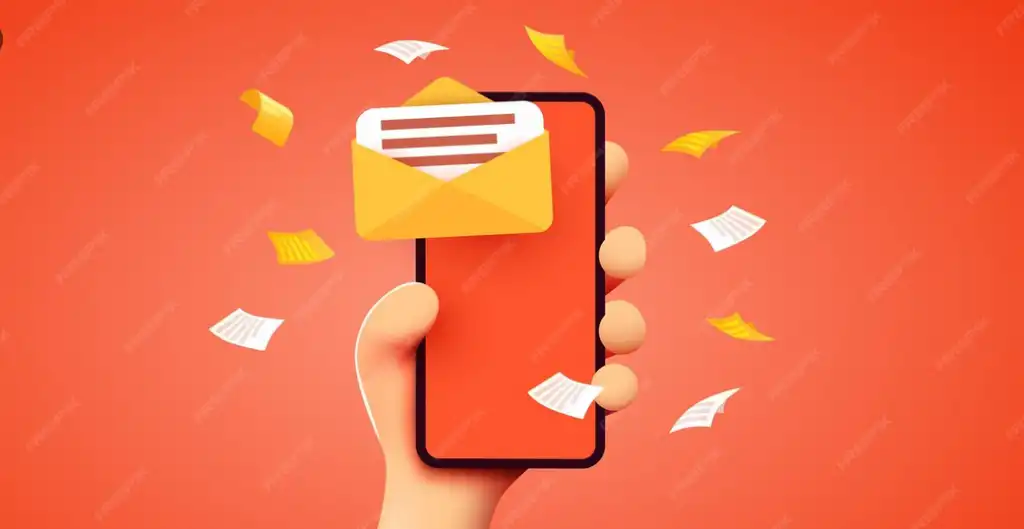Launching your app for free is the smart move to increase downloads in the beginning.

The Power of a Free Trial in Building Loyalty
Free apps don't mean poor quality; they mean top-notch marketing intelligence.
The user wants to try, feel secure, and understand whether the app is worth it.
The moment you offer this experience at no cost, you've earned their initial trust.
During this period, the quality of design and ease of use play a crucial role in shaping the impression.
The more enjoyable and easy the first experience is, the more the user will become attached to the app.
The free trial is like a "live demo," and the user is the judge.
This golden opportunity must be exploited with utmost skill.
Offer your best in the free version, making them feel that what they have is worth more than "free."
Then, switching to a paid version later will be a decision based on satisfaction, not coercion.
The user who loves your free app will be the first to purchase the paid version.
They will also be the first to recommend it to their friends, and this is priceless free advertising.
Free attracts, but quality retains. This equation should never be forgotten.
Don't make the free trial so incomplete that it's off-putting, nor so complete that it prevents a subsequent purchase.
The key is balance: providing a satisfying experience while opening the door to additional paid features in the future.
Use in-app notifications to inform users of the trial period and its expiration date.
Be transparent with your audience and explain why you decided to launch the app for free.
This builds trust and demonstrates that you're a visionary, not just a salesperson.
And don't forget to analyze user feedback during the free trial period.
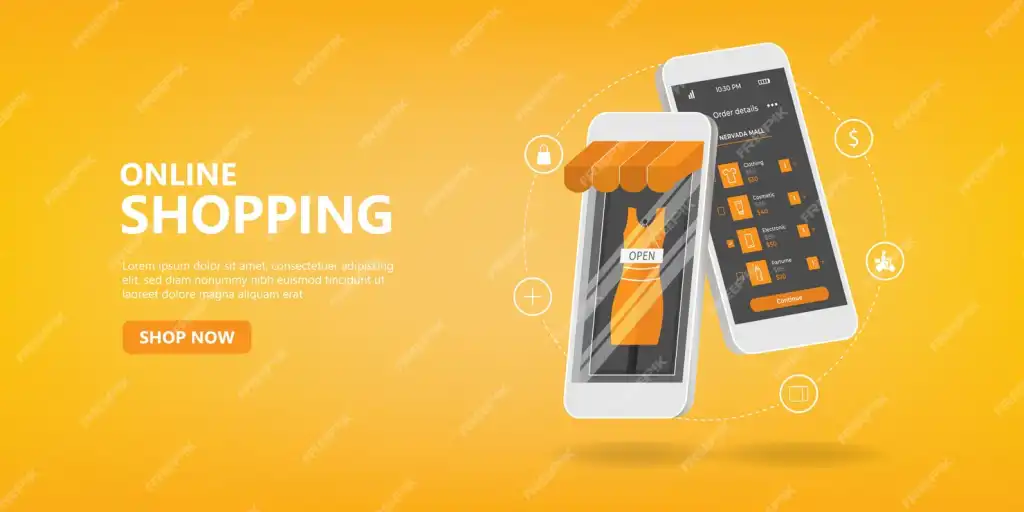
Overcome the Competition with a Smart Strategy
In the world of apps, competition is fierce and options abound.
If you want your app to stand out from the crowd, you need to think outside the box.
Here, launching your app for free is a smart move to stand out from the get-go.
While some insist on making immediate profits from day one, smarter people focus on gaining a lasting audience.
What distinguishes your free strategy is that it puts the user at the center of the experience, not temporary profit.
Free makes the decision to download easier, especially when the user sees the value offered.
In addition, every download means new interaction with the store's algorithms in your favor.
This interaction boosts your rankings and makes you appear in search results ahead of other competitors.
Thus, you gain a competitive advantage simply because you chose to be "accessible."
But this strategy requires you to offer a high-quality product from the start.
What's the point of going free if the user will delete the app after a minute?
Make the user experience your priority, from design to performance to content.
And make sure your user interface is attractive and easy to navigate.
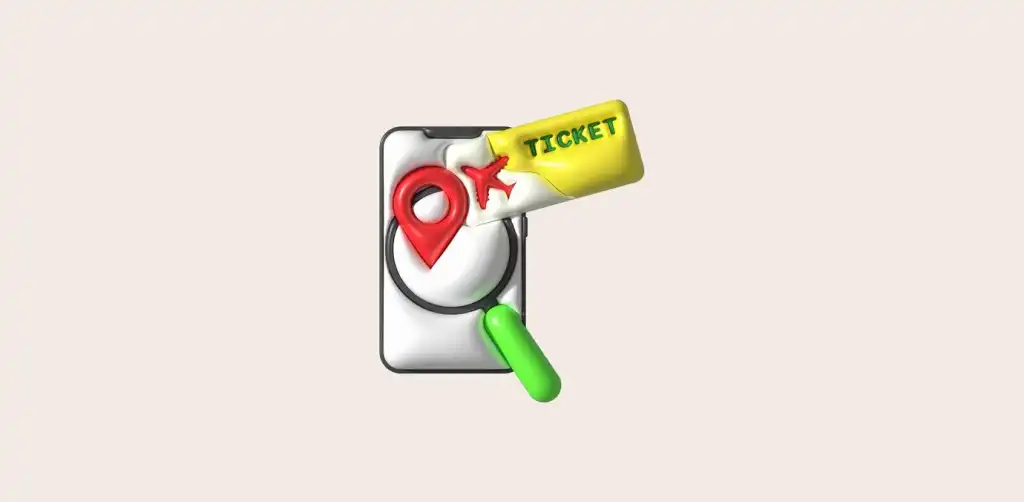
Free Trial Means Faster Growth
A free trial opens a priceless door in the app world: rapid growth.
When an app is free, users don't need to hesitate or think long before downloading.
This quick decision means you gain more users in a shorter time.
And every new user means a greater opportunity for word-of-mouth and social sharing.
Most users share useful apps with their friends, especially if they're free.
This is where the power of organic growth begins, without the need for expensive advertising campaigns.
As the number of users increases, your chances of collecting positive reviews on the app store increase.
These reviews play a pivotal role in attracting new users.
Furthermore, free apps quickly appear in the "Most Downloaded" categories.
This exposure gives you a golden opportunity for widespread growth, especially in the first month of launch.
But growth alone isn't enough; it must be matched by content and an experience that lives up to expectations.
Don't let free apps tempt you to launch an incomplete or underperforming app.
Rather, use them as a way to test your strengths and skills in front of a real audience.
If you succeed in winning the hearts of users during the free period, you will later be able to convert them into supporters or subscribers.
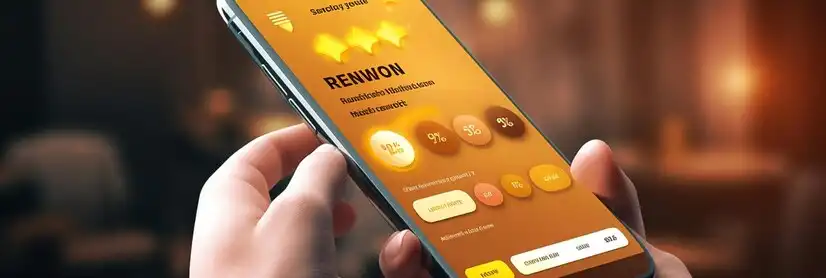
Opportunity to Test the Market and Engage
Launching your app for free initially gives you a rare opportunity: to test the market live and directly.
Instead of guessing what users want, you can observe how they actually behave.
Through this real-world experience, you can discover whether your idea is actually in demand or needs tweaking.
It also shows you whether the user interface is clear or complex.
Groundhog feedback means much more than surveys and theories.
Because it comes from real experience within the app, not theoretical answers.
It also helps you test performance stability, loading speed, and smooth navigation.
These subtle details only become apparent when users engage heavily.
And since the app is free, the chances of receiving widespread engagement are much higher.
The more use cases there are, the greater your chances of discovering bugs or vulnerabilities.



